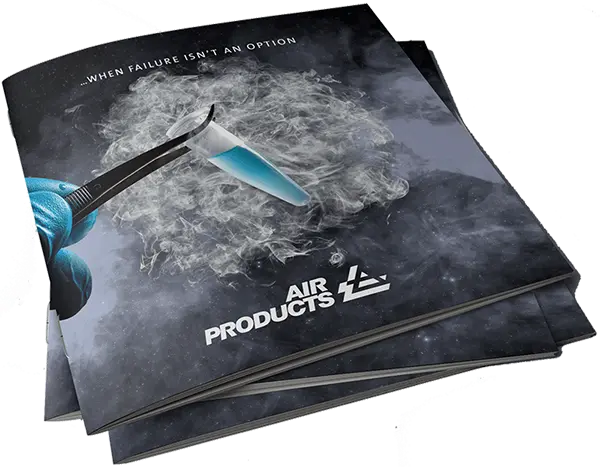
Liquid Nitrogen is known to be an effective coolant, although there can be a reluctance to make the switch, with some thinking it is expensive, unsafe or just too much hassle to manage the change. However, with its proven performance as a refrigerant and significant advances in liquid nitrogen delivery and storage, concerns over switching could be outdated, so maybe it’s time you take another look.
With this in mind, here are nine of the common roadblocks that concern lab managers who are contemplating moving over to liquid nitrogen.
Our bulk tanks all come with remote monitoring, where we can directly track the levels in your tank, so that when a mutually agreed fill level is reached, a delivery will automatically be triggered. This minimises the risk of a run out and typically means you don’t have to worry about arranging deliveries.
External tanks can be as small as 200L, or in terms of consumption that’s the equivalent to just 2-3 cryogenic freezers, depending on their efficiency and size.
The latest CryoEase® tanks aren’t a permanent structure and hence don’t need a concrete plinth, they can even be supplied on wheels, which offers much better flexibility when it comes to access for refilling.
With the tank outside, there is no reason why we need to take you away from your important day-to-day work, so long as we can gain access to the fill point, we can top you up and be on our way.
Modern cryogenic freezers are extremely sophisticated, with level sensors and automatic valves; they can monitor levels in the freezer and draw additional LN2 from the tank as needed without any external input.
When it vaporises, liquid nitrogen expands by 695 times in volume, which can quickly fill a room, however we are gas experts and safety is our number one priority. We will do all of the calculations for you to evaluate the risks involved within your lab and we will ensure that all necessary safety precautions are in place before we activate your new system.
Without appropriate PPE and proper training, liquid nitrogen drag-out can be a very real risk in liquid storage freezers. If you are looking to eliminate this risk, there is now a large selection of cryogenic freezers that hold samples in nitrogen vapour, and only a very small amount of liquid nitrogen in the sump of the freezer that never comes into direct contact with the samples. PPE should be worn at all times when accessing samples from any type of cryogenic freezer to avoid injury.
Not necessarily, as external liquid nitrogen tanks are rented rather than purchased outright, and liquid nitrogen might cost less than you think. If you compare the electricity bill for a mechanical freezer to the cost of LN2 supply and deliveries, you might be surprised. In a case study customers have actually seen a reduction in overall operating costs of up to 70%, when they have switched from mechanical freezers to the MVE Variō™ series.
This is before you have taken into consideration the cost of running the necessary HVAC system needed to displace the heat generated within your lab from a mechanical freezer.
We are happy to project manage your installation, which will include the location of the tank outside and the route of the super insulated vacuum line (SIVL) which will efficiently carry the liquid nitrogen from the external tank to the lab freezer.
In summary, as with most potential hazards in a lab, liquid nitrogen needs to be respected and handled appropriately, but there is no reason why it can’t seamlessly fit into the workings of your lab. Let’s not forget the many benefits of using liquid nitrogen as a coolant - it is efficient, cost effective and could vastly reduce your labs energy bills.
Don’t forget that we are here to support you every step of the way, and in dealing with Air Products you are dealing with a company with years of expertise in this field.

